Art and trauma share a profound and complex relationship. For centuries, artists have transformed personal suffering into creative expression, turning pain into something meaningful and deeply resonant. Whether through painting, music, or other forms of art, trauma has often been a catalyst for innovation, pushing artists to explore new visual languages and emotional depths.
At the same time, art itself has a powerful ability to heal—not just for the artist, but also for the viewer. Abstract art, in particular, provides a space where emotions that are difficult to articulate can be felt, processed, and ultimately transformed.
Trauma and creativity in art
Many great artists have created from a place of suffering, using their work to externalize internal struggles. Abstract art, with its open-ended interpretations and emotive power, has been a particularly effective medium for expressing trauma. Unlike figurative art, which often tells a clear story, abstraction allows for raw emotion to take form through color, texture, and movement.
One of the most famous examples is Mark Rothko, whose large-scale color field paintings evoke deep emotional states. Rothko struggled with depression for much of his life, and his later works, with their dark, somber tones, seem to reflect his internal battles. His paintings have been described as immersive experiences, pulling viewers into a state of contemplation, even sorrow—yet they also provide a space for reflection and connection.
Another example is Francis Bacon, whose distorted figures and violent brushstrokes reflect his turbulent life, marked by personal loss and internal conflict. His paintings capture a raw, existential anguish, embodying the chaos of trauma in a visceral way.
Art as a Path to Healing
While trauma can fuel creativity, the act of creating art itself can be deeply healing. This is especially true in art therapy, where people use artistic expression to process emotions that may be too painful or complex to verbalize.
The case of Agnes Martin is a compelling one. Diagnosed with schizophrenia, she withdrew from society for long periods but found solace in painting. Her minimalist, meditative works, with their delicate grids and soft hues, reflect a deep inner calm—an attempt to bring order to internal chaos. She saw art as a means of achieving a transcendent state, a tool for self-restoration.
Similarly, Yayoi Kusama, who has openly spoken about her struggles with mental illness, uses her repetitive polka dots and infinity rooms as a way to cope with her hallucinations and anxieties. She has said that her art helps her survive, turning her compulsions into something beautiful and immersive.
The Healing Power of Abstract Art for the Viewer
Not only does creating art heal the artist, but experiencing abstract art can also be therapeutic for the viewer. Abstract works do not impose a single meaning, allowing the audience to project their own emotions onto them. This process can be cathartic, enabling viewers to access feelings they might not have been consciously aware of.
For example, Hilma af Klint’s spiritual, swirling compositions invite viewers into a meditative state, while Gerhard Richter’s abstract squeegee paintings offer a visual representation of chaos and resolution. These works act as emotional mirrors, helping people process their own inner landscapes.
Studies have shown that engaging with art can lower stress levels, reduce symptoms of anxiety, and even promote healing in medical settings. Museums and hospitals increasingly use abstract art to create environments that foster emotional well-being.
Conclusion
The connection between art and trauma is undeniable. Pain has given rise to some of the most profound artistic movements, while art itself remains one of the most powerful tools for healing. Abstract art, in particular, transcends language, offering both the artist and the viewer a space for emotional release, transformation, and, ultimately, a path toward healing.

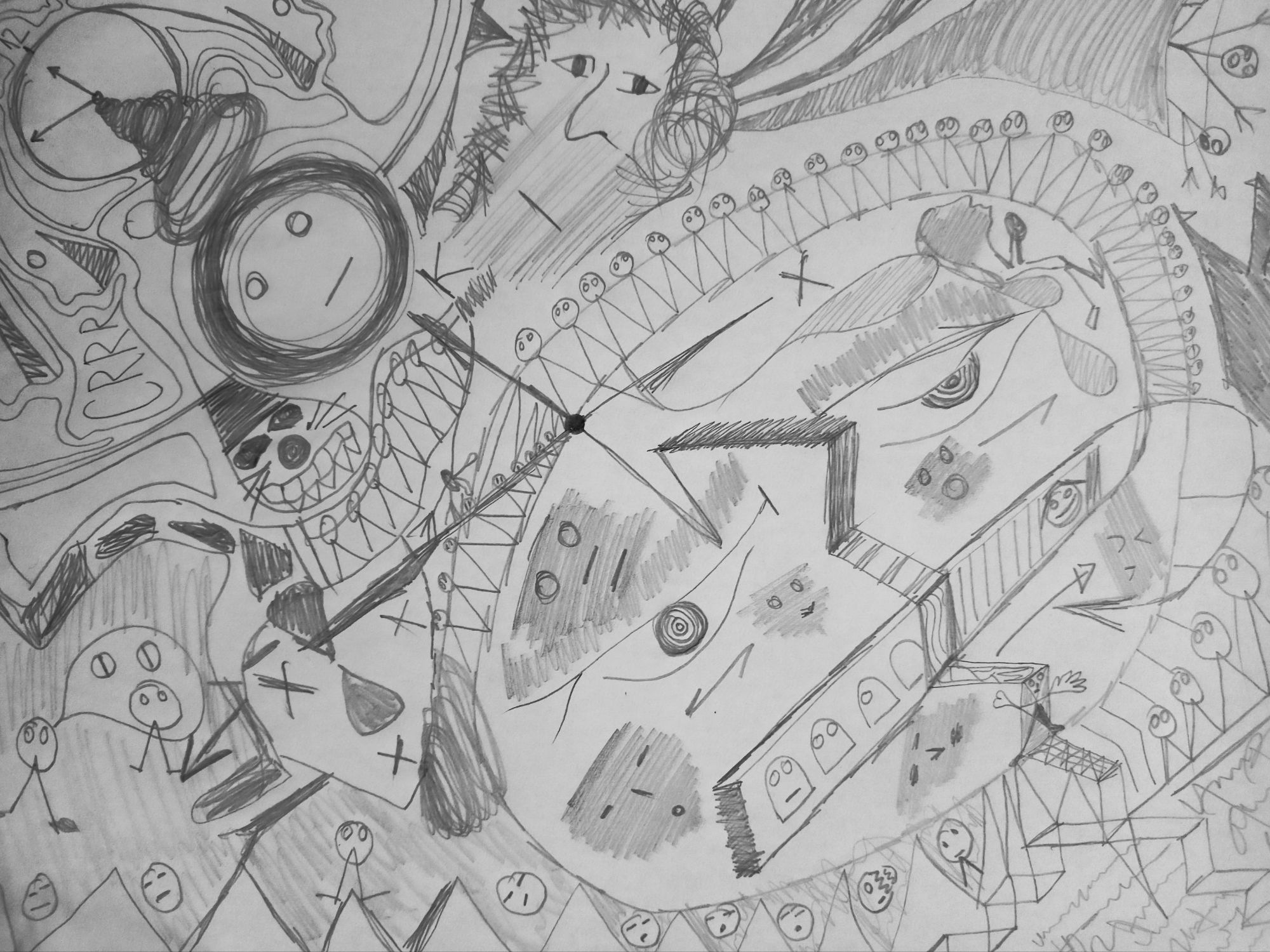
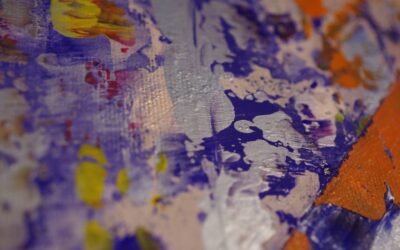
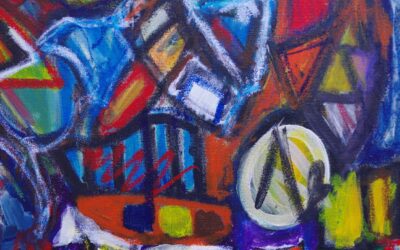
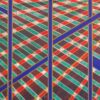
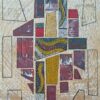
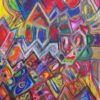
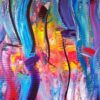
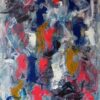
0 Comments